
Chloe Morello On The Golden Age Of YouTube Beauty Influencers—And Her Focus Now
Chloe Morello didn’t have much ambition when she started uploading makeup tutorials to YouTube in 2009. “I was living in my hometown of Batemans Bay then, which only has about 16,000 people,” she recounts. “I was 19 years old, had dropped out of university and had no prospects. I wanted to be a secretary and answer phones. YouTube or social media as a full-time job didn’t exist yet.”
Everything changed within a few short years. As the YouTube beauty scene exploded in early 2010s, Morello’s beauty content turned into a six-figure job that nabbed her seats at exclusive industry events and collaborations with the likes of Revlon, Ciaté London, Eylure and Pixi Beauty. By 2015, she was the leading Australian beauty influencer on YouTube, garnering hundreds of thousands to millions of views per video. Today, her YouTube channel has 2.65 million subscribers, and she has 1.2 million followers on Instagram.
Building on her YouTube success, Morello has transitioned to beauty entrepreneurship. In 2017, she became part owner in Face Halo, an Australian brand specializing in sustainable makeup remover pads. This year, she launched the skincare-cum-makeup brand Sireni with Overnight Overhaul, a multitasking product combining the plant-based retinol alternative bakuchiol with dihydroxyacetone or DHA, the self-tanning ingredient.
Beauty Independent recently spoke with Morello about how YouTube turbocharged her career, content saturation across social media, the modern challenges of being an influencer, and what it takes to thrive on YouTube now.
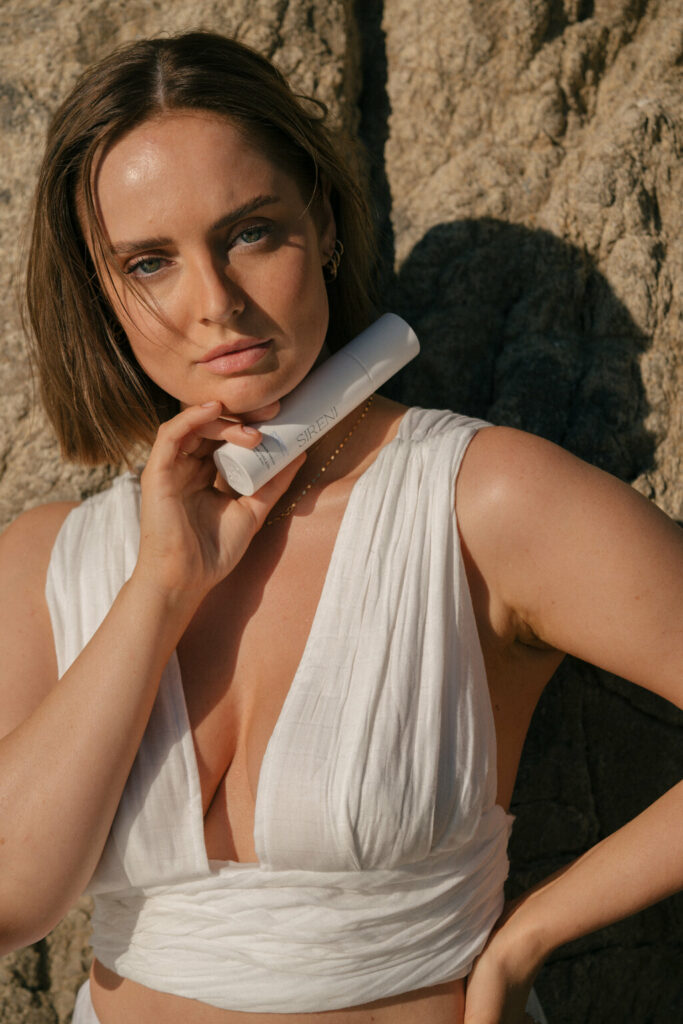
What were the early days of YouTube like for you?
I started my beauty YouTube channel in 2009 under a different name but once it started taking off in 2012, I changed it to my real name. About 7,000 of my original subscribers came over from the first channel. I was working at a crematorium in 2012, and that’s when I started taking uploading more seriously. I was doing videos every single day on this tiny camera that had the worst audio. People thought I had a lisp for years!
I was getting a few thousand views per video and lots of supportive comments. To get a negative comment back then, you couldn’t imagine it, and the comments were coming from England, the Middle East, Germany, the U.S. I just couldn’t believe in a tiny town on the South Coast of Australia I was connecting with and becoming email pen pals with people from all over the world.
I was obsessed with makeup, but I just thought I’d have to do it in my spare time. I bought all my makeup on eBay since that was all I could afford. By 2013, my income from YouTube matched my income at my crematorium job, so I left to do YouTube full-time.
Why do you think viewers came to YouTube back then?
People wanted to learn. Back then, we all looked hideous on the platform. Our eyebrows sucked. Our eyeshadow was not blended. Unless you went and spent $30 at MAC, you couldn’t even get a good blending brush in Australia. People were still using sponge tip applicators to apply their makeup. You couldn’t even buy Nars in Australia at that time.
We were very separated from everyone else. So, the content was more about discussing techniques, showing your hauls, and talking girl to girl or friend to friend. It was much less about advertising products then. It was all just about the passion of makeup and the friendship connection.
There were a lot less new releases then, so the excitement when an Urban Decay Naked Palette came out was immense. It was such a fun time on the platform. I could never have imagined that everything would get to where it is now, and I’m still on there doing videos.
When did it start to become more of a business?
In 2013, I moved to Sydney after I started making more money on AdSense, which was just money from the ads that were served next to my videos. Around that time, I had several people that approached me about management. That was very scary because I didn’t understand what that really meant.
I also had a lot of magazine publishing houses that wanted to work with me around that time. A lot of magazines were shutting down then, and advertising was moving away from physical publications to online. Brands had paid tens of thousands or hundreds of thousands of dollars to put an ad in a magazine, but that was starting to dwindle. That was when everything started to change.
I remember going into the magazine publishing houses, and they wanted us to create online content for them to help boost their readership online. It was a very confusing time for me. I didn’t know what was going on really.
Around 2014/2015, I started to get invited to events that had typically only been for the most glamorous magazine editors. Suddenly, I’m sitting next to the beauty editor of Cosmopolitan at an event. There was definitely a lot of like side-eyes directed at me. These people had been in the industry for decades, and now suddenly everything is turned upside down, but the truth was a video of mine on YouTube had more views than the readership of their whole magazine. The internet changed everything, it was just insane.
I think people in the media knew that they had to jump on social media straight away. I felt so out of place, but I’m glad that I was young and adaptable.
When did you start monetizing your content?
It was around 2011. A couple of years later, I was making AU$5,000 to AU$10,000 a month just off AdSense. That was four times what my boyfriend at the time was making who went to law school. It just started rolling in, and that was before you factored in brand deals.
Back then, I got about AU$10,000 for a single YouTube video to talk about one brand. That’s pretty insane considering I was making AU$50,000 a year at the crematorium back home. Every year the income was doubling.
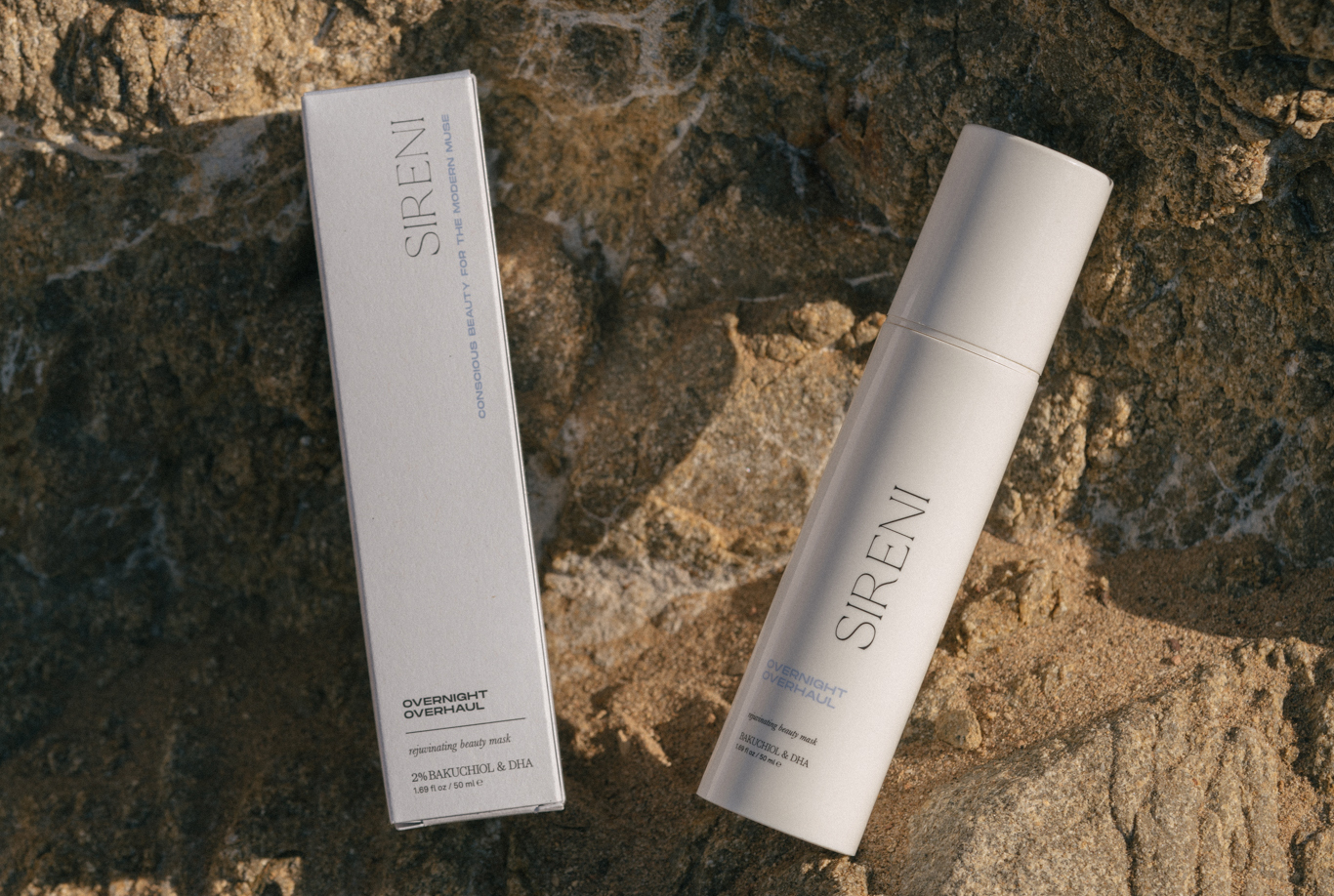
Do you consider 2013 to 2016 to be YouTube’s golden era for beauty influencers?
That would be the golden era for a lot of us who started really early. We didn’t expect any money from what we were doing initially. It was purely for the love of makeup, the connection and the love of making content. By 2015 or so, I was doing what I absolutely loved and couldn’t believe I was getting paid for it.
Did the relationship with your viewers shift due to your success?
I think there was some envy that came out in some people. There was also a lot more attention on us because social media was a new industry that was booming. It was exciting and glamorous, and influencers became the new celebrities. Some people didn’t think we deserved the success and all the good things that came along with it. I can see why they would think that.
People don’t think it’s a real job or that it’s hard work. Maybe this is just for me because I love what I do, but it doesn’t feel like hard work to me. I work really hard with Sireni, my brand, but filming myself doing a makeup video, I love doing it, and I cannot complain about that.
This is what I think it’s really important, and one of the reasons why I’ve lasted so long in the industry, I started it because I just love makeup, not because I wanted free stuff. I think that’s why my audience has been so loyal for so long and why now they’re supporting me in the growth of my brand, which has felt like such a natural progression after over 10 years on social media.
When did YouTube start to saturate?
By 2017 or 2018, things started to get spread pretty thin. Originally, it was just YouTube and a handful of really passionate people on the platform. By 2018 or 2019, we’ve got Instagram and Snapchat plus thousands of people every day starting new YouTube channels.
All the creators are trying to do everything at once, and everyone’s vying for the top level of viewership, but viewers have a finite amount of time. People like to say, “Oh, there’s room for everyone on social media.” I don’t think that’s true because there’s a finite amount of people with a finite amount of time.
As a creator now, it feels like you’ve got to climb up a mountain to keep people’s attention on you. You definitely have to be more strategic and business-minded if you want to be a successful creator on social media. And if social media were to end for me, I don’t know what I would do. Becoming a businesswoman over this journey has been a very big surprise for me because it’s something that I had to learn as the industry changed and became much more competitive.
What do YouTube viewers want now?
They’re more demanding. They want to still learn, but they also need to be entertained and they need the content to be funny. They also want a behind-the-scenes look at your life. They’re nosier. You kind of have to give them everything now, and it’s very draining.
Think of someone like James Charles. He’s fantastic at engaging his audience. The way he speaks and the way he edits, it’s super engaging. He makes sure things are funny, and he still does amazing looks. That’s why I think he is so popular. I have learned to edit myself, so there’s no quiet breaks in a video because any opportunity the audience has to click off, they will. You have to try to keep them engaged at every moment. There’s so much pressure to be perfect, funny and a little bit daring.
Do you think that’s because of platforms like TikTok? Or is there just too much content?
Everything is spread so thin. People want content fast and quickly and they can easily get it now. So to have to get someone’s attention for 10 minutes or more, it’s really hard. And that’s why I only upload on YouTube once or twice a month now. The effort it takes for a YouTube video is a lot, and the return is not as good.
By return, do you mean views or money?
All of it. I still think long-form video is important though because it allows you to connect with the audience on a more personal level, like with Stories on Instagram. In a 15-second TikTok or Reel, you can’t really connect and create a community vibe with your audience. It’s just, this is information I’m going to share quickly, and that’s it.
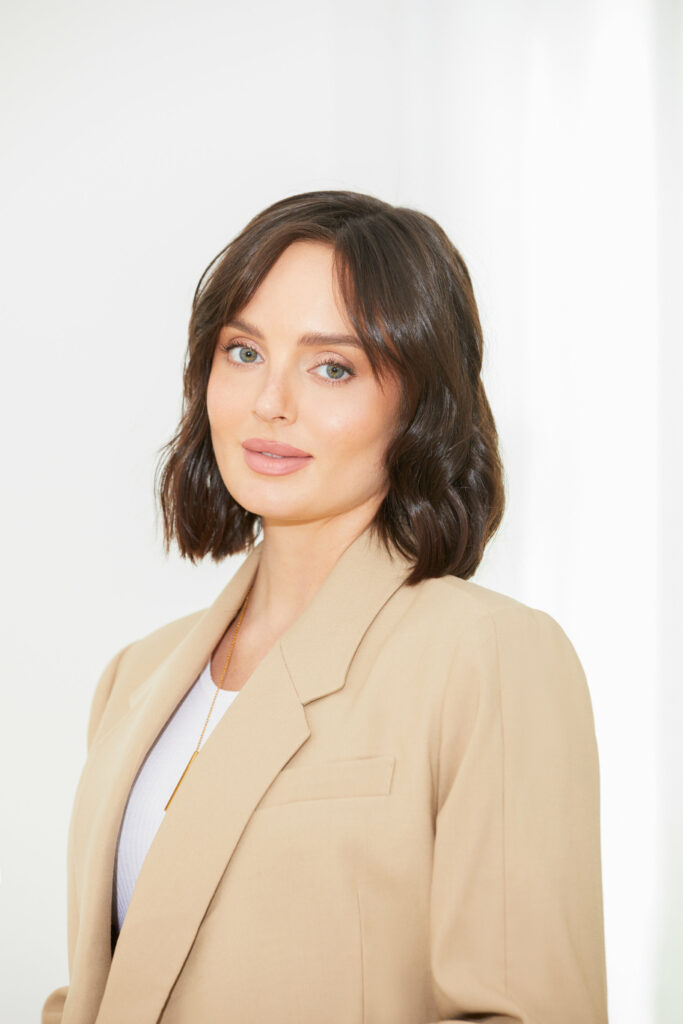
What do you feel you’ve excelled at on YouTube, and where have you fallen short?
We were talking about how you have to be strategic to get on top on YouTube, I don’t have that in me. I was never able to stay on top of trends. I only have ever made content that I really want to do. If I did get a viral video, it was very much luck. It wasn’t because I strategized that I was going to do a 100 layers of mascara video.
I’ve only ever stayed true to myself, and perhaps that’s why my following has been stagnant for years. I’ve been on 1.2 million followers on Instagram for a few years. On YouTube, I’ve been at like 2.5 million for years and years now.
That does not bother me, and I think that’s something that separates me. I don’t think about the growth. I care about my community, and I care about the number of comments I get because that means people are interested. I care about the number of likes I get, but I don’t care about the number of followers.
I’d be very concerned if I had 5 million followers and then only got a thousand likes, for instance. I had the opportunity to be a big fish in a small pond in Australia, and that was great, but now I’m enjoying where I am, cruising and coasting along, making the content I love but still trying new things along the way. I have no interest in being in the spotlight like the D’Amelio sisters, for example.
You’re very active on Instagram, particularly on Stories.
It’s how I connect with my audience the most. When I do a Reel on Instagram, I’ve got a specific point, usually having to do with beauty, fashion or lifestyle, that I’m trying to get across in a short time. It has to be done in an aesthetically pleasing way that’s going to get views and shares.
If I want to connect with my audience on a personal level, the best way to do that is on Stories. So, I definitely try to keep that up, and then keep my beauty content more on my feed. It’s the personal connection that keeps people coming back to you as an influencer.
Is Instagram your preferred platform now?
Yes, I like that it has a bit of everything on it. If I want to take a beautiful image, I can. Now that I’m a brand owner, if I want to link directly to my product, I can. I can do shorter videos with Reels. I like that I can be unedited on my Stories and quickly share things in real time.
Instagram feels like an amalgamation of all the content platforms in one place. People love to complain about the algorithm, but I just think, if I’m not getting views, it’s because I’m not sharing what people want to watch.
Is it the most lucrative place for you?
Probably, only because I give most of my attention to it. I still get a lot of requests from my followers to make YouTube content. I get TikTok sponsorships now, too, but I definitely enjoy making content for Instagram more. My Stories do quite well. Usually more than 10% of my audience watches them, sometimes even 20%.
Does your audience cross over between platforms?
I think there’s probably some crossover, of course, and I sometimes upload the same content across platforms, but change it slightly. I definitely think that my longer term audience is on Instagram and YouTube. Those are the people who have been following me for ages, but there’s also a mix of new people who maybe just got into social media in the past like five or six years.
Interestingly, almost every time I post to TikTok, I get a comment from someone like, “Oh my gosh, I used to watch you on YouTube 10 years ago.” Obviously that person has migrated away from YouTube or long-form content. It’s important for me to get those people back.
If I’m thinking strategically, TikTok is really good for that, getting new followers and reclaiming old ones that might have fallen off. So, I tell people, “If you’re still interested in that kind of content, I’m still there and I’m still uploading, here’s my handle.”
What was the impetus for creating Sireni?
I’m at the stage in my life where I’m saving for a house. So, instead of buying a house, I did the smart thing and started a brand in pandemic when there were thousands and thousands of other people starting brands.
I was mixing little bits of fake tan with my other skincare to get this effect that I wanted. I was not interested in being tanned all the time, I just liked the way that it evened out my skin. So, I felt like I didn’t have a choice in a way because this product didn’t exist on the market.
It’s increasingly hard to stay on top as an influencer. There are like four or five platforms now to make content for. I have to run a business. I’m a mom about to have her second kid. It’s already so hard to make content with a baby. That’s the most challenging thing, just trying to stay on top of everything. I definitely want to be able to focus on Sireni more in the future, but that’s not even in my purview right now. I still want to keep creating content because that’s what I love.
Do you have a YouTube channel for Sireni?
We do have a Sireni YouTube channel although we have not uploaded to it yet. We plan to though. Obviously, it’s very natural for me to include my own product in my own content because I use it. We have a great team behind the brand, and we’re constantly discussing our social media strategies.
I’m a huge part of that discussion, but I don’t want the brand to be just about me. A big role for me at Sireni is to help educate our audience about our product, but I just don’t have time to upload continuously on my own channel now. Sireni’s main platform is Instagram right now.
Also, to start a YouTube channel right now? I do not envy anyone that is looking to start their beauty career right now on the platform. I’m very lucky that I can push people over to the Sireni channel when we do start uploading on it.
We will probably look into utilizing the new Shopify [influencer marketing] capability when we get the brand content up and running on there. I’ve tried it on my own platform. I was involved in the beta testing last year. It was pretty easy to use, but it’s not something that I’ve kept up because I already work with other affiliate companies.
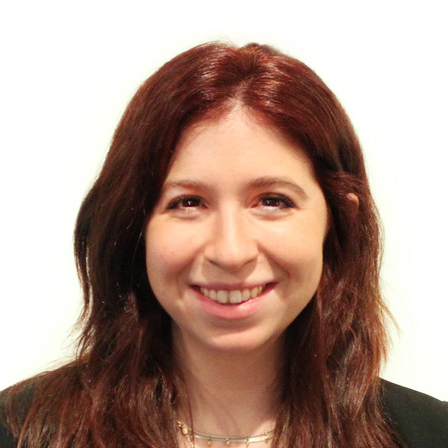

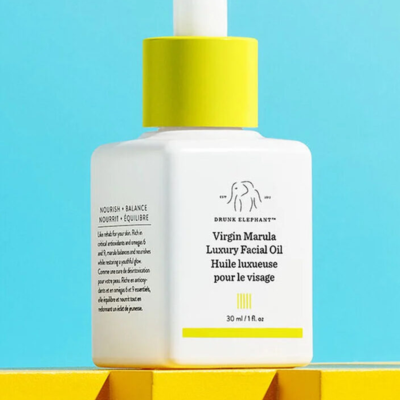

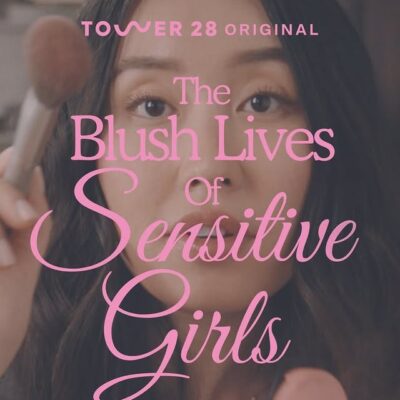
Leave a Reply
You must be logged in to post a comment.